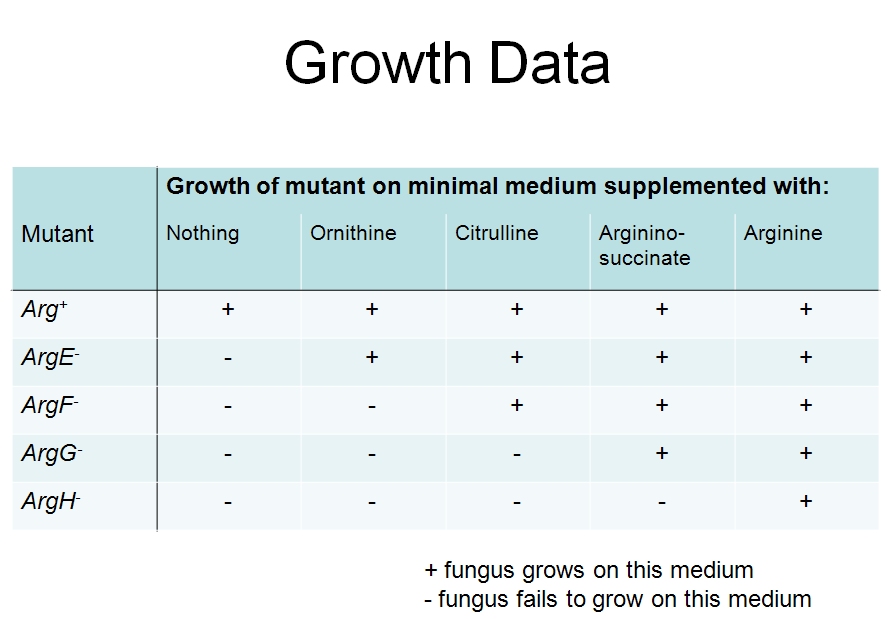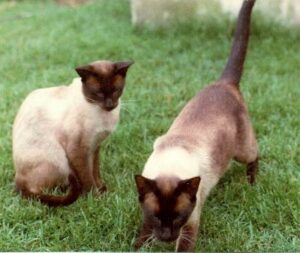6.7 Classification of Mutants
Previously, we looked at complementation groups and we understood how mutations can work together (or not) to produce different phenotypes. In this section, we will look at the various types of mutations that can arise in cells: morphological, lethal, biochemical and conditional. The final type, known as Muller’s Morphs, will be discussed in the next section.
Morphological Mutants
Morphological mutations cause changes in the visible form of the organism as they give rise to altered forms of a trait e.g., change in size, shape (normal wing vs. curly wing in fruit flies), colour, number etc.

Lethal Mutants
A lethal mutation causes the premature death of an organism. For example, in Drosophila, lethal mutations can result in death during the embryonic, larval, or pupal stage. Lethal mutations are usually recessive, so both copies of a gene must be lost for premature death to occur (homozygous lethal alleles will not be viable). Heterozygotes, which have one lethal allele and one wild type allele, are typically viable. In the example shown in Figure 6.7.2 regarding yellow coat colour in mice, the lethal allele is recessive because it causes death only in homozygotes. Unlike its effect on survival, the effect of the allele on colour is dominant. In mice, a single copy of the allele in heterozygotes produces a yellow colour. These examples illustrate the point that the type of dominance depends on the aspect of the phenotype examined.

Biochemical Mutants
Auxotrophic mutants can be derived from prototrophic parents. This type of mutation blocks a step in a biochemical pathway for the arg- mutants of Beadle and Tatum. Such biochemical mutations are a specific type of the conditional mutation class. Biochemical mutants result in the inability to carry out a specific biochemical pathway.

Conditional Mutants
Conditional mutations rely on the concept of: phenotype = genotype + environment + interaction. Organisms with this mutation express a mutant phenotype, but only under specific environmental conditions. Under restrictive conditions, they express the mutant phenotype, while under permissive conditions, they show a wild type phenotype. One example of a conditional mutation is the temperature-sensitive pigmentation of Siamese cats. Siamese cats have temperature sensitive fur colour; their fur appears unpigmented (light coloured) when grown in a, warm temperature environment. The hair appears pigmented (dark) when grown at a cooler temperature. This is seen at the peripheral regions of the feet, snout, and ears (Figure 6.7.4). This is because in warm temperatures, the enzyme needed for melanin pigment synthesis becomes nonfunctional. However, in cooler temperatures, the enzyme needed for melanin synthesis is functional, and the deposition of melanin makes the fur look dark.

Media Attributions
- Figure 6.7.1 Dog morphological variation by Mary Bloom, American Kennel Club, CC BY-SA 4.0, via Wikimedia Commons
- Figure 6.7.2 Lethal alleles punnett square by Dead_mouse.svg and Mouse.svg: Madprime derivative work: Adabow, CC BY-SA 3.0, via Wikimedia Commons
- Figure 6.7.3 Beadle and Tatum data by Allen Gathman is licensed under CC BY-NC-SA 2.0, via Flickr
- Figure 6.7.4 Two Siamese Cats by Steve Gilham is licensed under CC BY-NC-SA 2.0, via Flickr
Long Descriptions
- Figure 6.7.1 Six different dogs, each of different species, display a wide range of physical attributes that point to morphological mutations, such as differences in fur colour and texture, tail length, height of limbs, facial features, ear presentation, etc. [Back to Figure 6.7.1]
- Figure 6.7.2 A Punnett square shows the production of offspring from two parents, both of which carry the allele dominant for coat colour but recessive for lethality. Both parents are genotype Yy; both display a yellow coat colour. In the offspring, there is a 3:1 ratio of living to dead progeny, with the accumulation of the YY alleles in one-out-of-four offspring results in death. Yy in the offspring (50%) display yellow coat colour and are alive, and yy offspring (25%) display white coat colour, which is recessive to yellow, and are alive. [Back to Figure 6.7.2]
- Figure 6.7.3 Growth data demonstrated for various mutants and corresponding minimal media alone or media supplemented with various nutrients including nothing, ornithine, citrulline, arginosuccinate and arginine. The ability of the various mutants to grow in different types of media is indicated by a plus sign, and no growth is represented by a negative sign. This information represents the data derived by Beadle and Tatum on biochemical mutants. [Back to Figure 6.7.3]
- Figure 6.7.4 Two Siamese cats display temperature sensitive colour, which is an example of conditional mutations, whereby the environment dictates the phenotype expressed. Their fur appears unpigmented (light coloured) when grown in a warm temperature environment. The fur appears pigmented (dark) when grown at a cooler temperature. This is seen at the peripheral regions of the feet, snout, and ears. [Back to Figure 6.7.4]

